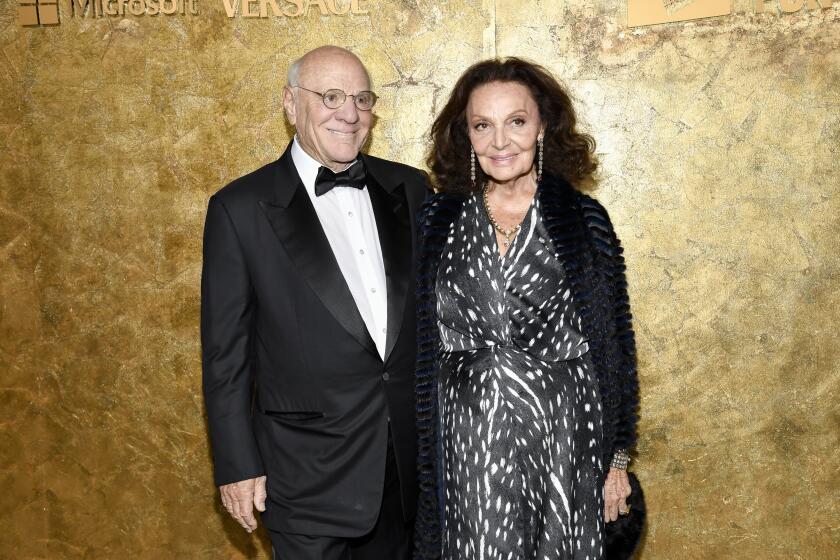SALES UP, BUT LESS THAN PROJECTED : FINAL LAP OF ’86 VIDEO BUYING SEASON
- Share via
The final and most heated lap in the year’s video-equipment sales is about to be run.
When the many competing brands of videocassette recorders cross the 1986 finish line, 44.5% of American homes with televisions will have VCRs, according to Video Marketing Surveys and Forecasts. At the end of 1985, the figure was about 30%. Sales for 1986, says the Electronic Industries Assn., are expected to be 13.8 million units; its projection for 1987 is sales of 14.5 million.
These figures indicate that VCRs are continuing a steady penetration of the U.S. market--but nothing like the pace previously predicted. (In April, an Electronic Industries survey indicated that six of 10 American households might have VCRs by the end of the year.)
If the rise in VCR sales (up 12% from last year) isn’t as spectacular as manufacturers had hoped, camcorder sales through October had recorded an increase of almost 120% over the same period last year--spurred by the introduction of new lightweight models and the heavy competition between JVC’s VHS format and Sony’s 8mm.
VCR sales have been led by “low-end” models--where features have increased and prices have fallen. Retailers have been offering several well-known brands with wireless remote control, freeze-frame and other near-necessary niceties for less than $300. Many “high-end” models are also doing well, though, due to their inclusion of three increasingly attractive features: hi-fi sound, stereo-sound decoding (MTS) and picture-quality enhancement (known as HQ on VHS machines, SuperBeta on Beta decks).
Despite the fact that prices generally drop drastically on such technological innovations, the cost of the lowest-priced VCR with MTS has fallen only about $100 since the beginning of 1986 and hi-fi machines haven’t been reduced very much either. However, HQ has been introduced into so many lower-priced VHS models that it seems silly to get a deck without an image-sharpening circuit, even if buying on a tight budget. Meanwhile, the number of consumers choosing the Beta format continues to dwindle--despite the superior SuperBeta picture--and a cloud of doom still hangs over the Sony-sponsored format. The main reason: Fewer Beta prerecorded tapes are being stocked at video stores.
There’s a buzz in the industry about prices going up after Christmas, but that’s beginning to look like it’s going to be as much a tradition of the season as Santa Claus--and perhaps even a little harder to believe in. The same rumors were flying last year, with few (and temporary) price hikes once the new year started.
There’s a new addition to the predictions this year, though: the cost of certain prerecorded videocassettes may rise in early ‘87, too. The change, if it comes, will primarily affect more expensive tapes. For example, videos currently retailing at $79.95 may go up somewhere between $10 and $20. Along with this proposed inflation comes a proposed result--a subsequent boost in rental charges, perhaps as much as 50%. We’ll see.
More to Read
The biggest entertainment stories
Get our big stories about Hollywood, film, television, music, arts, culture and more right in your inbox as soon as they publish.
You may occasionally receive promotional content from the Los Angeles Times.










